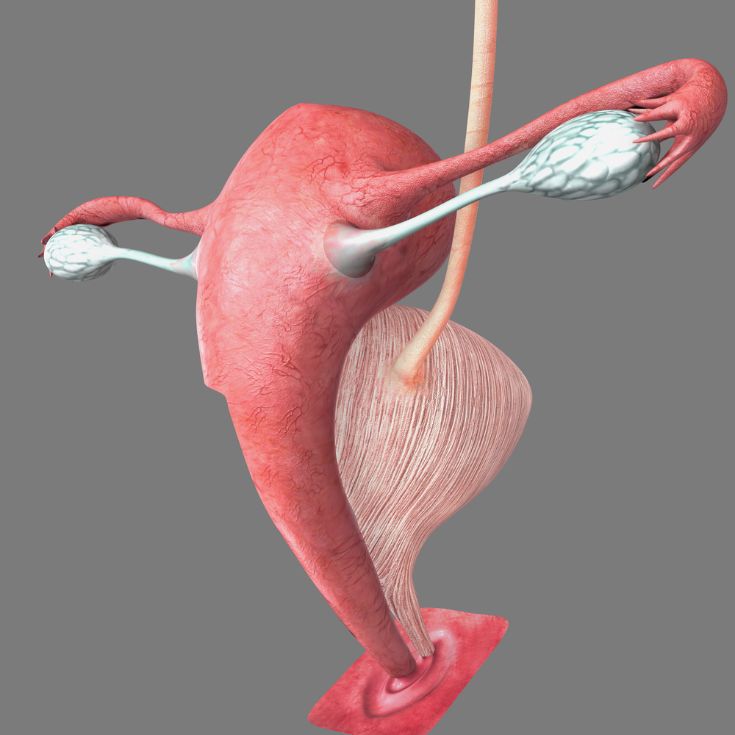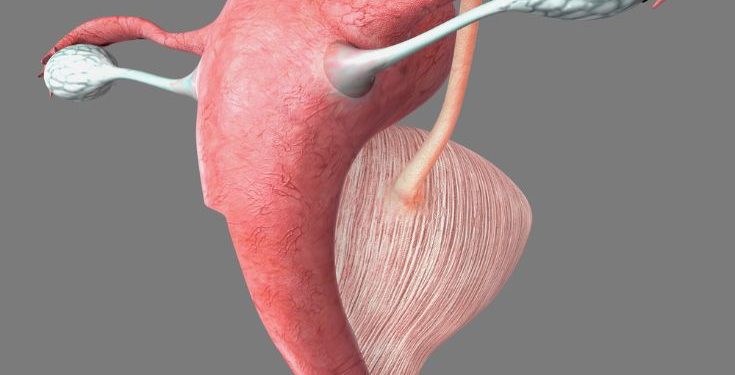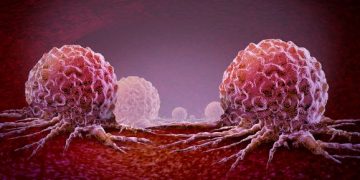During the menstrual cycle, tissue that lines the inside of the uterus — the pear-shaped organ that houses a fetus — thickens in anticipation of a fertilized egg implanting. If the egg is not fertilized, the lining thins and sheds in a process called menstruation. But sometimes this tissue — referred to as endometrium — grows outside the uterus, where it can cause painful symptoms.
In most cases, endometrial tissue is harmless, but it can lead to cysts or a condition called endometriosis (en-doe-me-tree-O-sis). The symptoms of endometriosis include pelvic pain, abnormal vaginal bleeding and infertility. A few cases of endometriosis can also cause scarring in other areas of the body, like the bowel or diaphragm.
Scientists do not know exactly why endometriosis develops, but they have several theories. One is that the cells that normally line the uterus change shape and act differently when hormones make them proliferate during the menstrual cycle, causing them to grow outside the uterus. Another theory is that the cells get into other parts of the body through a process called retrograde menstruation, which happens when menstrual blood from the uterus travels back into the fallopian tubes and into the abdomen. In this way, the cells travel into the pelvis and, in some cases, grow on other organs or tissues, like the ovaries, peritoneum and chest wall.

The most common ways healthcare providers measure the thickness of the endometrium are ultrasound and magnetic resonance imaging (MRI). According to the Radiological Society of North America, in healthy postmenopausal women, the endometrium is at its thinnest during menstruation, where it may be measured at about 5 mm. But during the proliferative phase, which occurs around day 6 to 14 of a menstrual cycle, the lining increases in thickness. By the time of ovulation, the endometrium is up to 11 mm in thickness.
During pregnancy, the thickness of the endometrium increases even more. By the time of implantation, it is up to 16 mm in thickness. The extra tissue provides a hospitable environment for the blastocyst, which is a fertilized egg. It also helps form the placenta, which carries oxygen and nutrients to the fetus.
In some cases, when the endometrium is too thick, it may not be able to support an embryo or a fetus. This can result in miscarriages and other fertility problems, and it can also contribute to autoimmune conditions like polycystic ovary syndrome and uterine fibroids.
The best way to diagnose and treat endometriosis is through surgery, which is typically performed laparoscopically. During this procedure, the surgeon makes a few small incisions in your abdomen and inserts a thin tube with a camera and light. They can then use tools to remove the endometrial tissue and other tissue that is causing symptoms or growing outside the uterus, or they can use intense heat to destroy the tissue. In some cases, they can also use the tools to remove any scar tissue that has formed in the area.









